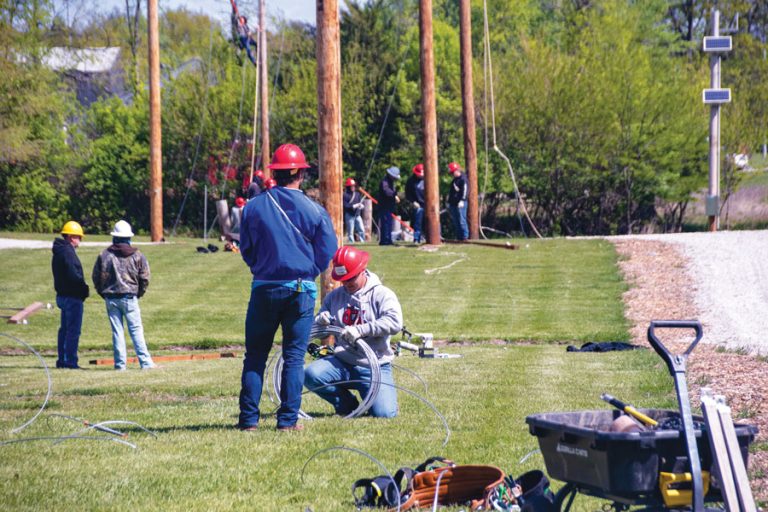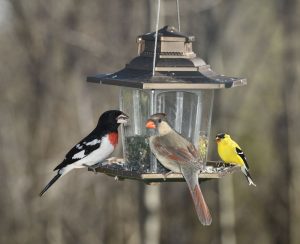My wife Chris and I have an annual canoe ride on the river every summer. While it’s not an extended expedition, our short run is more for relaxation than adventure.
On our first canoe trip many years ago, our youngest daughter Jacci came along. We unloaded the canoe, a canteen, three paddles and three life vests.
We found a good place to launch. The water was about 4 feet deep with a few roots sticking out of the bank for secure footing. Plopping the canoe in the water, I instructed Chris to carefully step from the bank into the center of the craft. The last words out of my mouth were, “Watch the bank. It’s muddy and slick.”
Just as she lifted her left leg into the canoe, her right foot slipped on the mud-covered bank, and she lost her footing. Horrified, I watched as she slid into the water and disappeared under the canoe.
To this day, I will never forget Jacci turning to me wide-eyed, saying, “Dad, you better do something!”
Instantly, Chris bobbed to the surface on the far side of the canoe, sputtered a few times, and said, “Why didn’t you tell me the bank is slick?”
I thought our trip was over. Surprisingly enough, Chris wanted to push on with the excursion.
With Chris forward in the canoe and Jacci in the middle, I shoved off. We began to paddle downstream. We made it about 30 feet before we slammed into the bank.
What an embarrassment. My family was incapable of paddling a canoe.
I started a simple line of instruction designed to make canoe paddling easy to understand. “Since you guys are both forward, paddle on the left to make the canoe go right … unless you’re back-paddling … that will make the canoe go left.”
The conversation sounded like an Abbott and Costello routine, and went something like this:
“What did Dad say?”
“He said paddle to the left.”
“If I paddle on the left, we’ll hit the bank again.”
“No, paddle and make the canoe turn left.”
“You mean on the right.”
“Right.”
“You mean if I paddle on the right, I would be correct?”
About this time, I interjected, “Would you guys paddle right?”
Naturally, when I said, “right,” indicating to turn the canoe right, my wife paddled on the right, turning the canoe to the left. I found hollering, “RIGHT, RIGHT, RIGHT,” only made her paddle faster and more determinedly on the right of the canoe, which only turned us to the left even faster.
“We’re trying to paddle right … remember, we’re new at this!”
“No, I mean paddle on the left, so we’ll turn right. I didn’t mean you’re not paddling right, er, correct.”
“Well, why didn’t you say paddle on the left-hand side of the canoe?”
“I did … I said paddle right!”
“OK, now which side do you want me to paddle on, the left or the right?”
“Paddle on the left, and every time you hear me say ‘other side,’ then switch sides.”
Finally, we were communicating, and soon we were paddling along in a relatively straight line.
We finally made it. Parking the canoe, we gave the island a proper exploration and prepared to return.
Starting upstream, the current suddenly spun the front of the canoe toward the bank, and we slid under a low-slung willow tree. Jacci ducked and let the branches pass over her head. We ground to a halt against the bank. Undaunted, I told Jacci to slide out of the canoe and into the shallow water.
“I can’t … there’s a really big snake in the limb right over me.”
Hearing the word “snake,” Chris turned around to discover she was eye to eye with a curious, nonpoisonous 6-foot water snake.
To this day, I have never seen her move with such speed. In an instant, she was out of the canoe and doing a 100-yard dash upstream in waist-deep water. Jacci, the snake and I all marveled at the sight.
As we slid the canoe from under the tree and bid the snake farewell, Jacci said, “We’d better get Mom.” Shoving my paddle hard against the current, I replied, “At least she went in the right direction.”










